Nagatanien’s Kamado-san Donabe Rice Cooker 長谷園のかまどさん
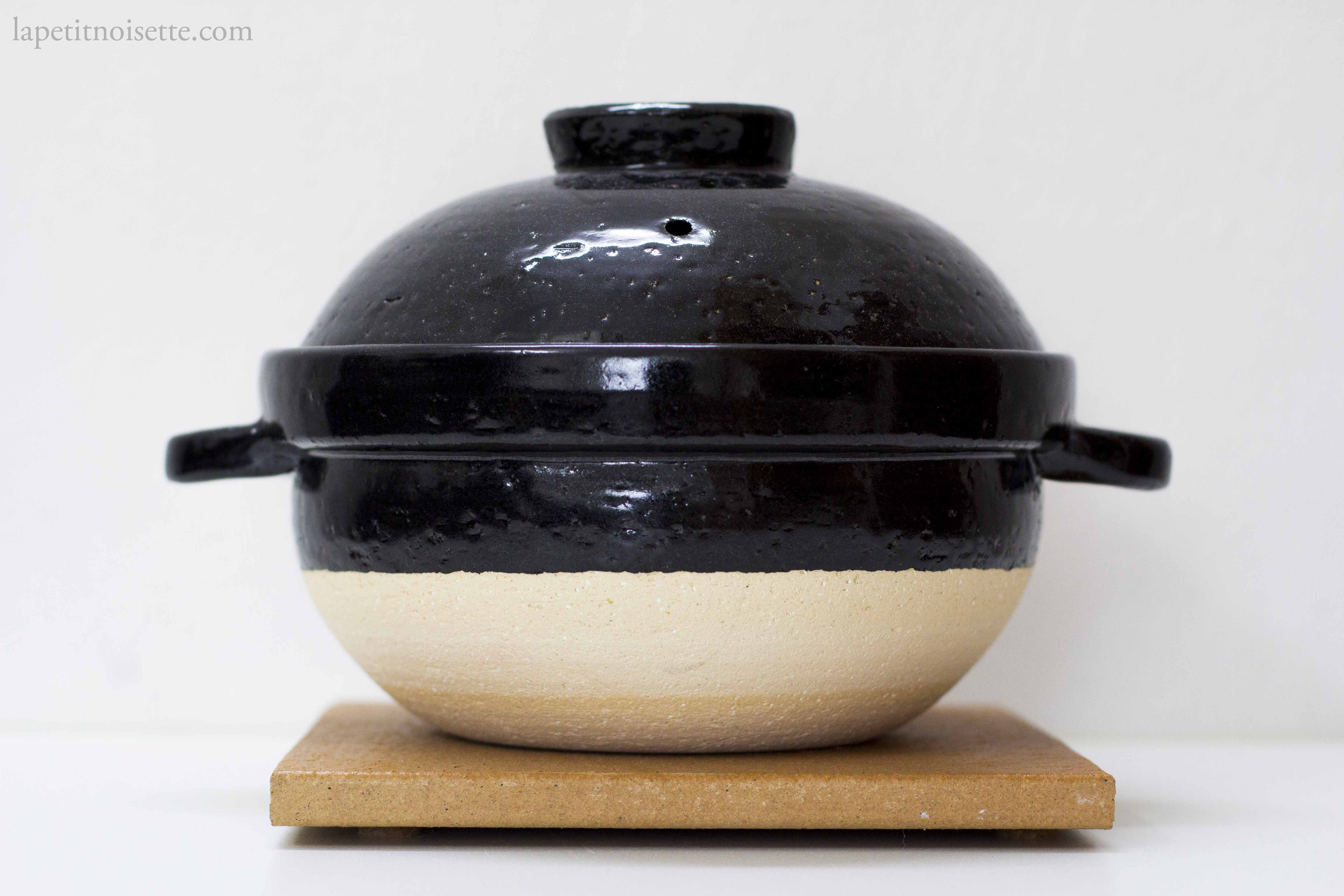
After having talked about Kumoi Kiln’s Donabe Claypots (雲井窯) by Nakagawa Ippento (中川一辺陶先生), let me introduce to you Nagatanien’s Kamado-san Claypot Rice Cooker 長谷園のかまどさん.
Kumoi Kiln’s rice cooker is the donabe that we used to cook rice at our restaurant. However, it is almost impossible to find and buy within Japan, let alone outside Japan. After doing vigorous testing and research, I can now be sure enough to recommend Nagatanien’s Kamado-san Claypot rice cooker as a close and near perfect alternative. It is also much cheaper at around 12000¥ for a 3 cup rice cooker compared to almost 40000¥ for the equivalent sized Kumoi Kiln one.
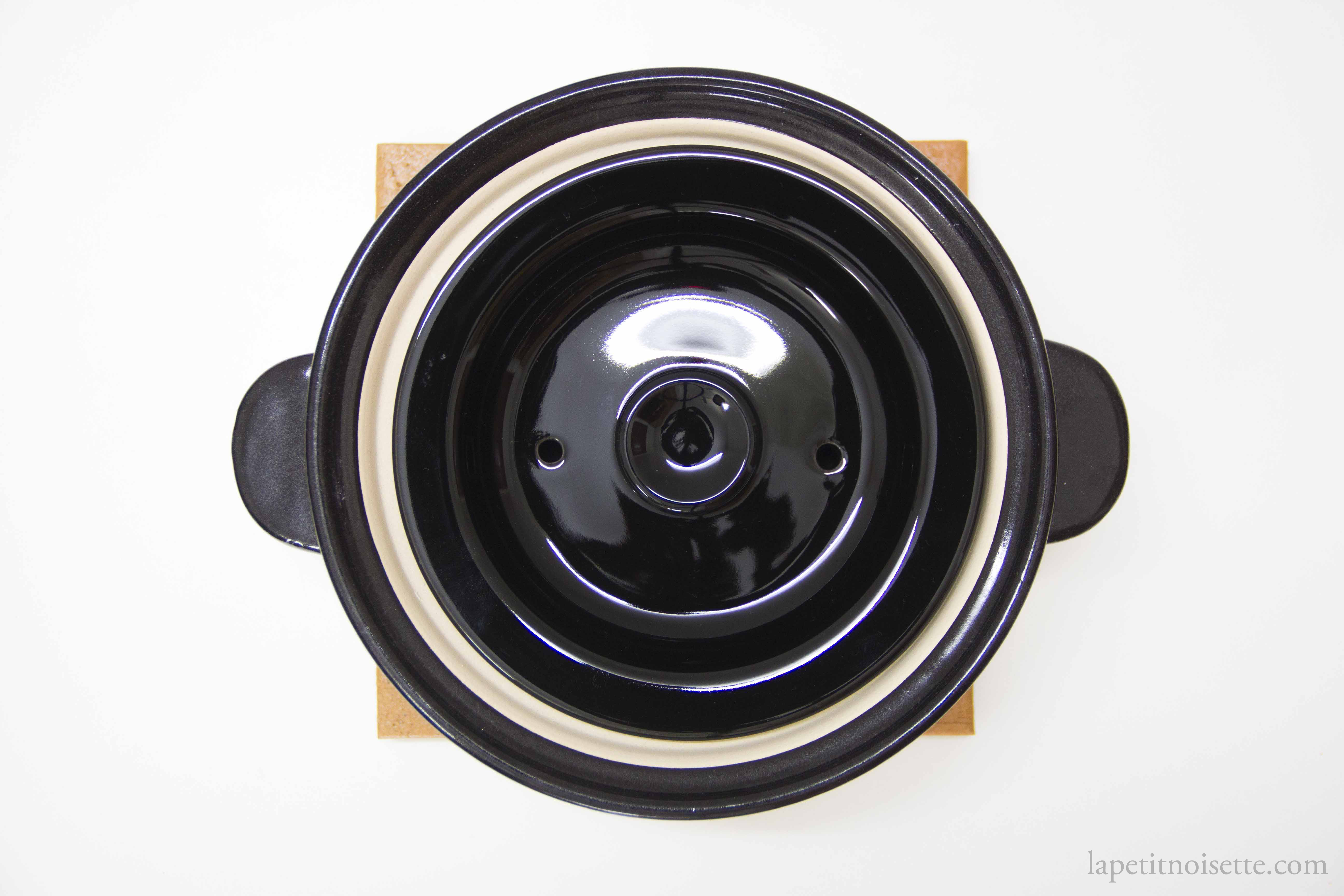
I first came across Nagatanien’s Kamado-san rice cooker whilst visiting every high end departmental store in Tokyo and Kyoto, from Mitsukoshi to Isetan, Takashimaya and Iwataya, in search of the Kumoi Kiln rice cooker. Instead most of them advertised and stocked an alternative, which was Nagatanien’s Kamado-san. I soon learned that Kumoi Kiln’s claypots are usually made by customised orders to traditional Michelin restaurants but they do pop-ups across the year at these various big departmental stores.
This meant that if you wanted one of Kumoi Kiln’s pots, you’d either have to order them straight from his website or find out from the people working at the departmental stores when the next pop-up would be. However, Nagatanien’s Kamado-san is not only available in stock all year round in Japan, but also available to be brought online in the Australia, the UK and the US! In fact, they are frequently used at SingleThread Farms, a highly esteemed restaurant in California, with Kyle Connaughton at the helm.
So what makes them different?
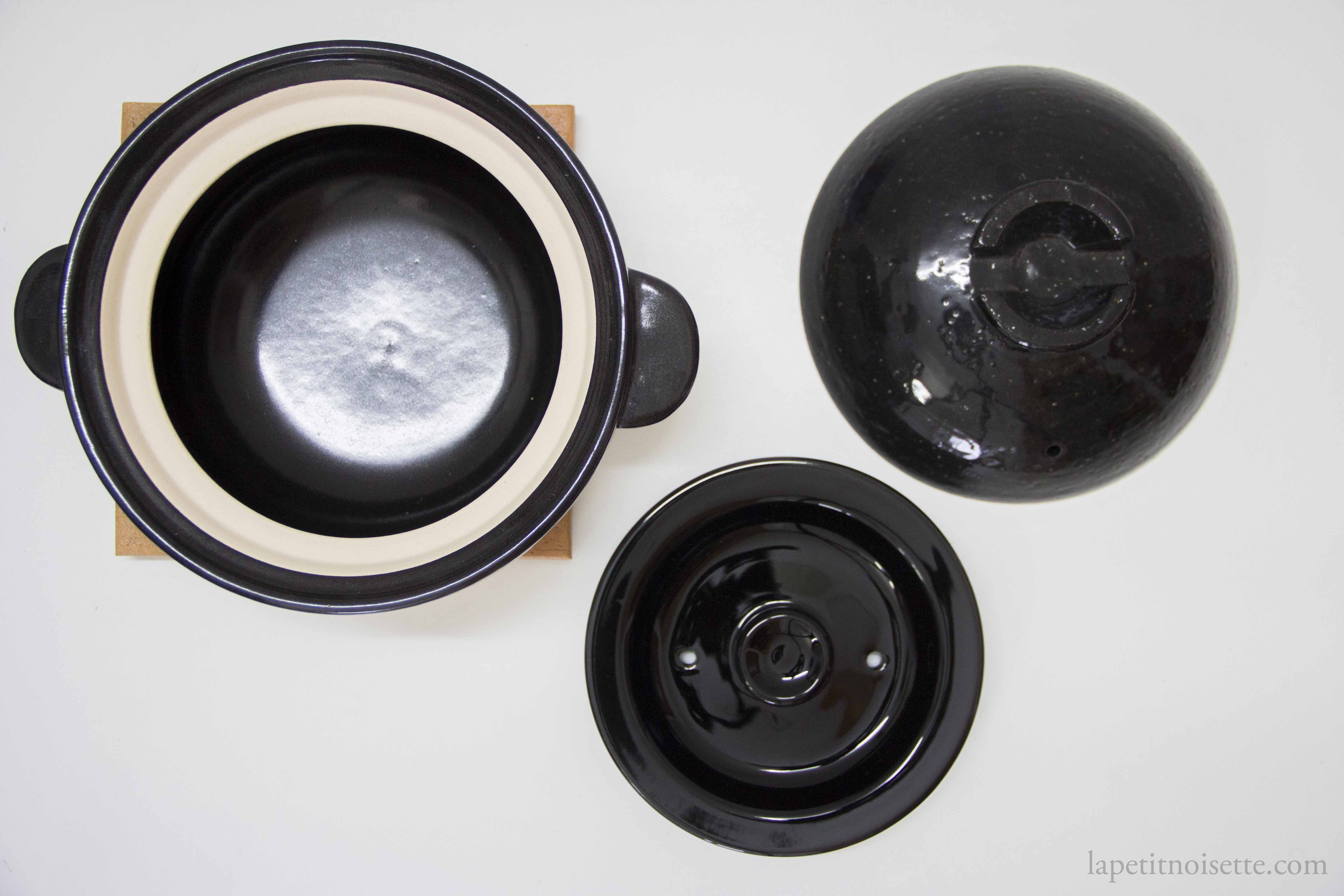
Founded in 1832, Nagatanien produces Iga-yaki pottery, a style of pottery in japan that is said to have originated Iga (伊賀市), Mie-Prefecture (三重県). Iga-yaki pottery came to fame due to its use of clay that is said to have originated Lake Biwa (琵琶湖) as the clay shifted through the rivers. This clay is said to have a high content of organic matter which incenerates and burns up during the heating process, leaving many many tiny holes of air which aid in the pot’s ability to retain heat.
Kamado-san is the name given by Nagatanien to its double lidded donabe specifically designed to be a rice cooker. After forming the donabe, the outer surface of Kamado-san is actually scrapped off to reveal the natural holes of the claypot, which can be seen on the unglazed surface.
Firstly, while Nagatanien’s Kamado-san claims to be 1.5 times thicker than a typical donabe, Kumoi Kiln’s donabes are still thicker than that of Kamado-san, allowing for more even heating and insulation. In terms of glazing as well, the glaze on the Kamado-san ends where the black glaze stops. That means all the yellowish-white surfaces on the Kamado-san, e.g. the bottom of the pot, is not glazed at all. This of course is typical for all Donabes, and is the key to why Kumoi Kiln’s donabes are famous, because they are the only claypots that are fully glazed all around. This full glaze allows for high heat to be applied to Kumoi Kiln’s donabes right from the start, in contrast to typical donabe (or even a Dutch Oven), which needs to be heating slowly at the beginning to prevent cracking.
However, Kamado-san makes up for that by having 2 lids, an inner lid with 2 steam holes and a normal outer lid with the usual single hole. This not only insulates the rice during cooking, but is the secret to why it’s rice cooking ability that match that of Kumoi Kiln whilst being thinner and not fully glazed. As mentioned in our article on cooking rice a lot of emphasis in restaurants that cook rice with an iron Hagama rice cooker (羽釜) is the need for pressure on the rice. With a double lid, the Kamado-san achieves just that. When the rice starts to boil, the rate of steam leaving the inner lid is faster than the amount of steam leaving the outer lid and the inner lid has 2 holes, whilst the outer lid only has 1. This causes steam to accumulate in the compartment between the inner and outer lid, pushing the inner lid down and exerting pressure on the cooking rice!
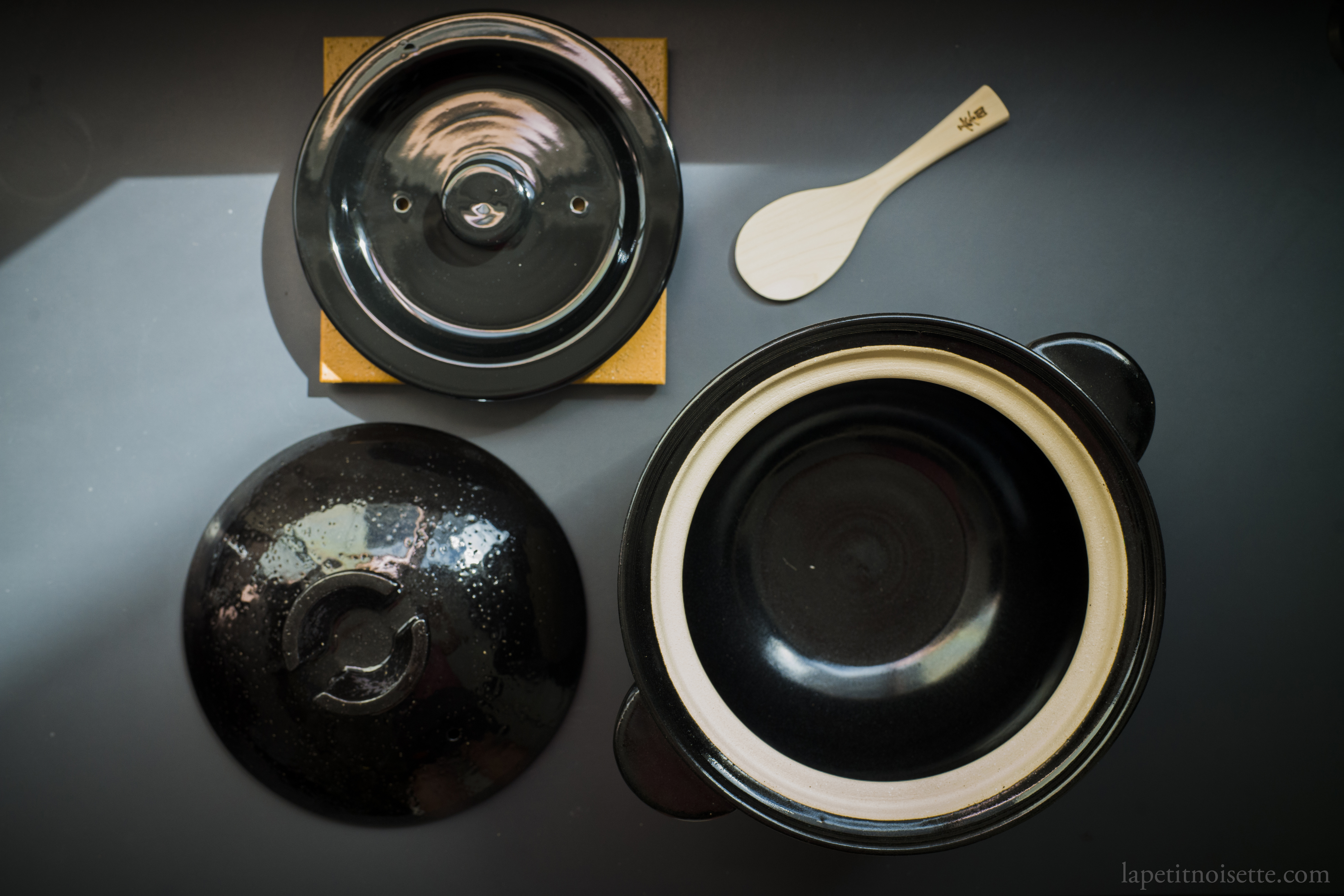
Taste comparison between the two
To make a fair test comparison, 2 cups of white Koshihikari rice were cooked in each donabe with exactly 125% of the rice’s weight in water. Instead of subjecting each pot by the same amount of time and heat, I decided instead to follow the recommendation of each individual manufacturer as this should be optimised to the individual pot. This means 10 minutes of high heat, 10 minutes of low heat and 10 minutes of rest for the Kumoi Kiln pot, and medium high heat on the Kamado-san until 2 minutes of good steam is visible, before allowing it to rest for 20 minutes. The rice was then fluffed and served blind to 4 people.
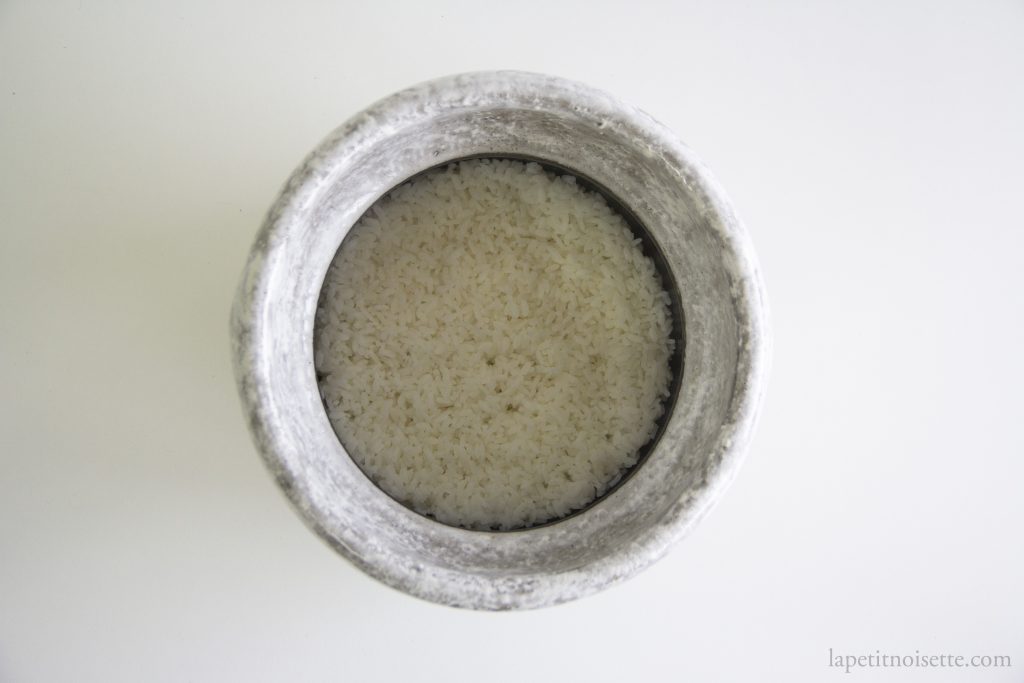
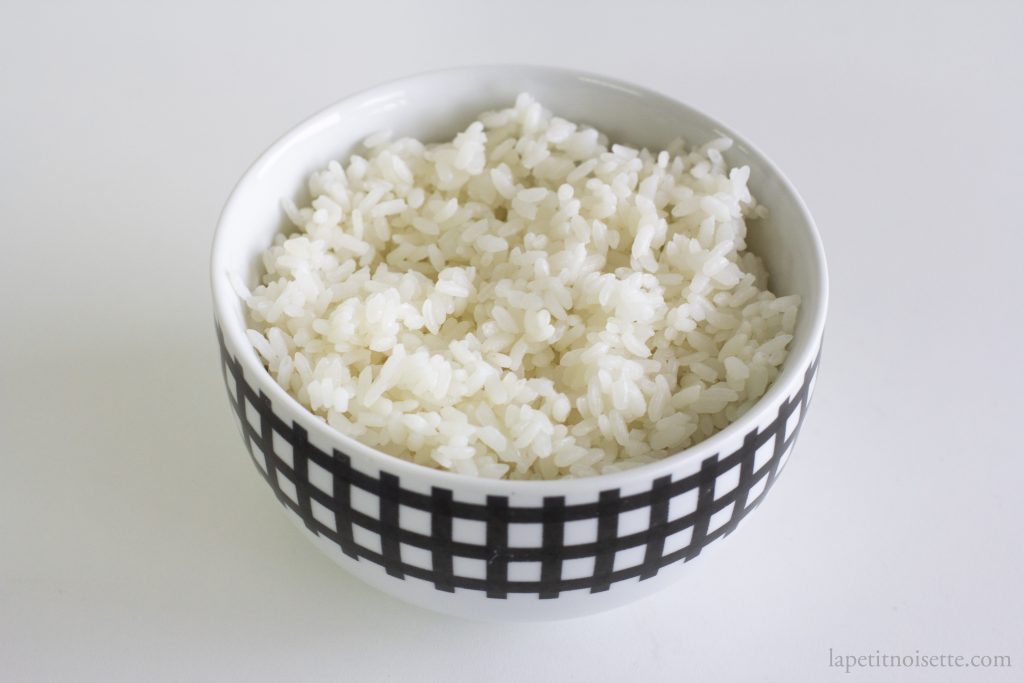
The first thing that was immediately obvious to me was the fact that rice cooked in the Kamado-san kept warmer for much longer, which is definitely a big plus considering it has thinner walls compared to that of the Kumoi Kiln one, probably because of the double lid. When the taste testers were asked to choose which rice came from which rice cooker however, none of the taste testers were able to tell which rice came from which rice cooker. They did however, identify consistent differences between the rice cooked by the two rice cookers, even with the experiment repeated 3 times.
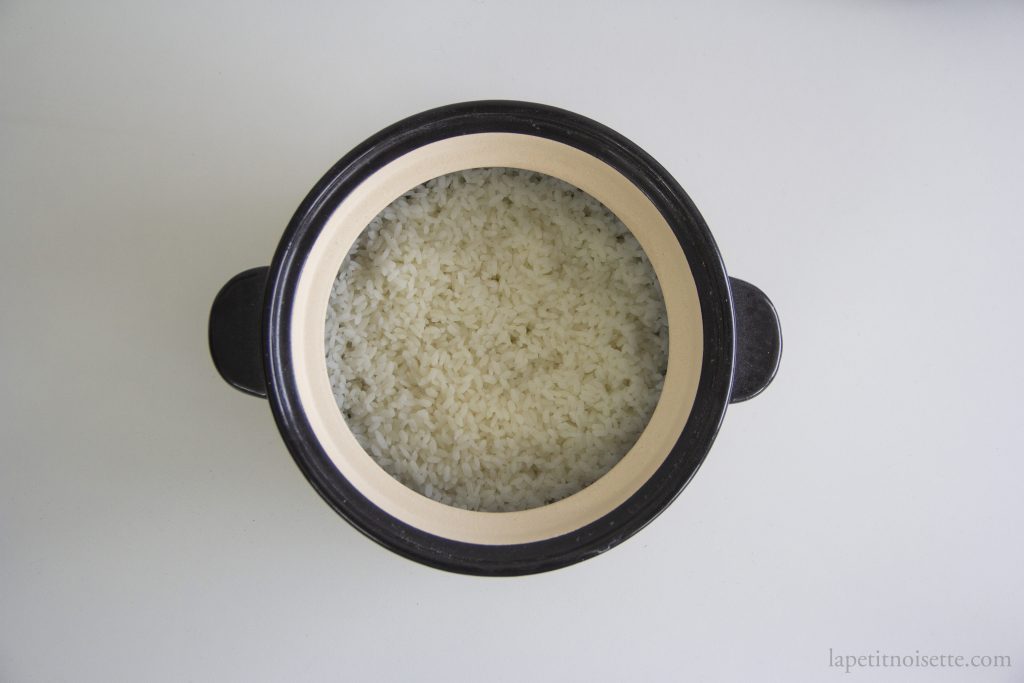
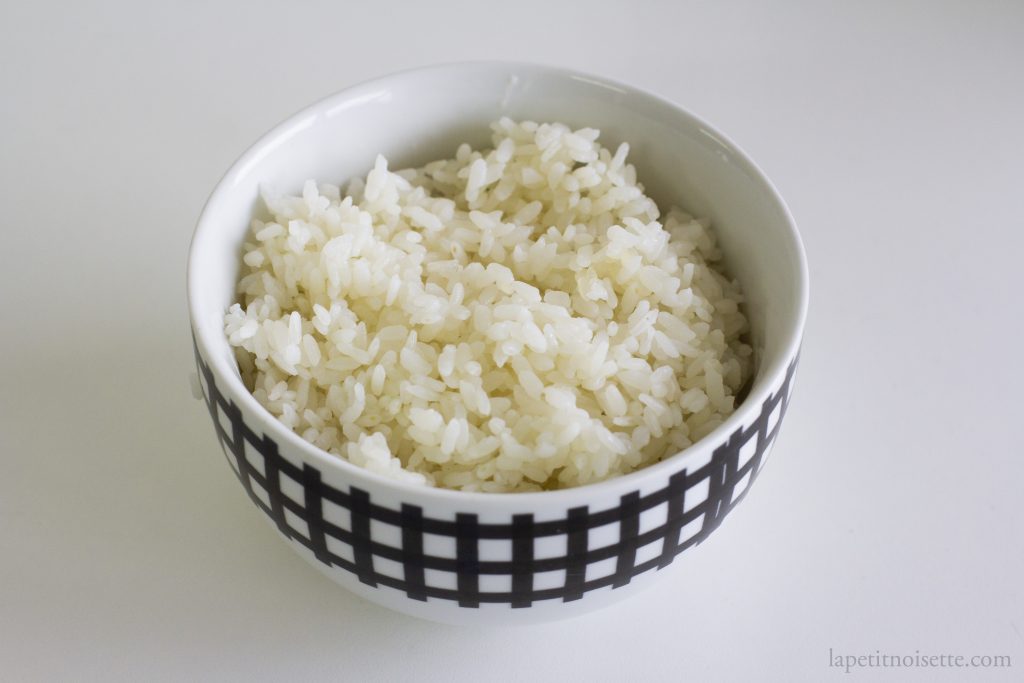
In short, for rice cooked in the Kamado-san, you could actually taste each and every single grain of rice individual, as though it almost has a chewy texture, like a perfectly al dente spaghetti, but replicated over many many grains of rice consistently. In contrast, rice from the Kumoi Kiln pot had a barely notable softer entrance into the mouth, as thought it was more wholesome and maybe slightly more evenly cooked. It was as though eating Kumoi Kiln rice was the experience of eating a lump of rice together, and Kamado-san rice being that of tasting each individual grain. Could you argue that Kumoi Kiln made the rice fluffier and slightly softer on the inside? I think so yes, but it’s not a resounding yes as it was barely noticeable. I think all 4 taste testers would agree on the conclusion.
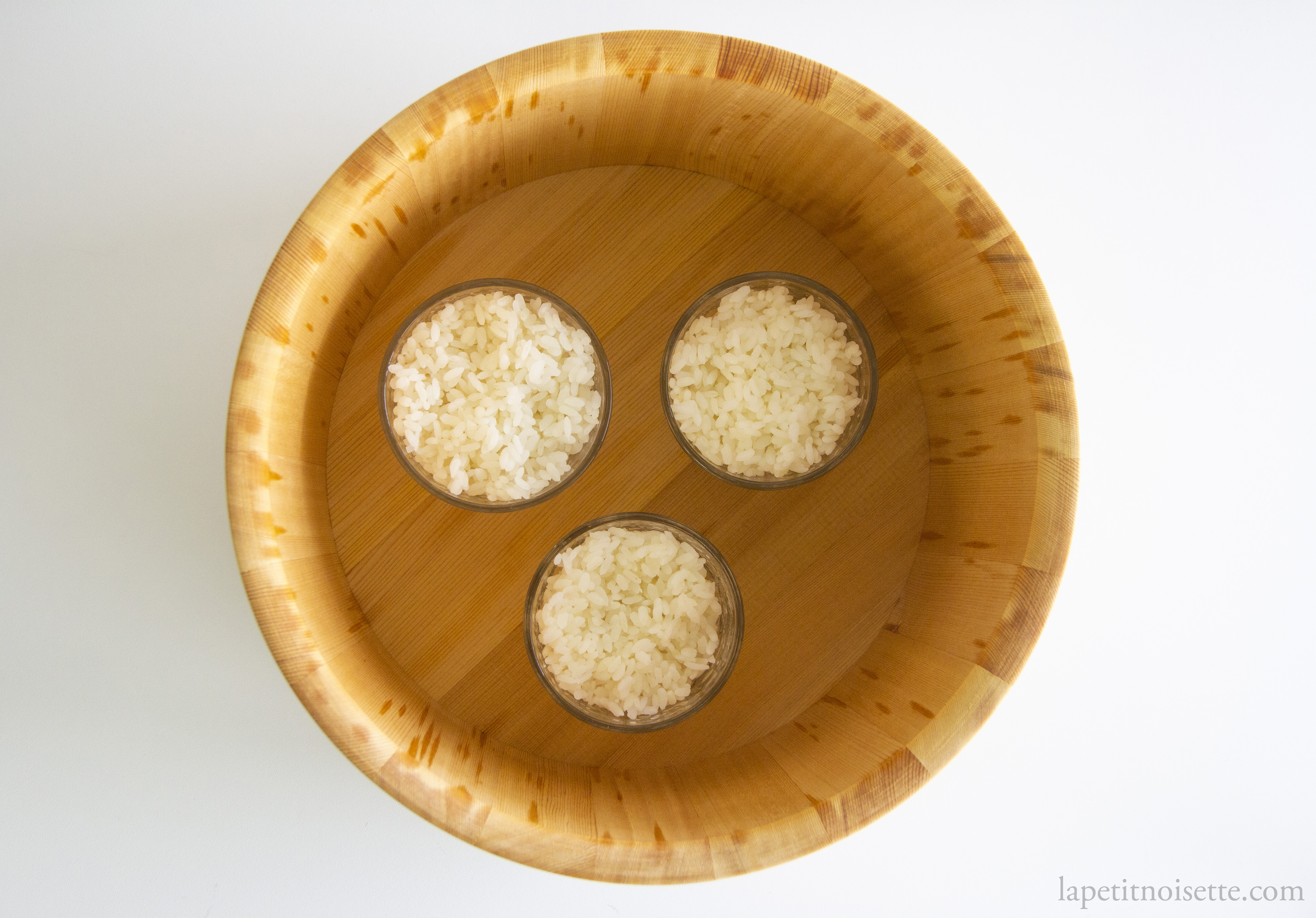
Everything however, evened out during the next test, which was to let the rice rest for 20 minutes in an Ohitsu stored inside a Warabitsu. Once this was carried out, it was impossible for the taste testers to tell the difference between any of the cooked rice, no matter how many times the experiment was repeated. This was probably because the Ohitsu trapped the heat and steam of the rice inside it, allowing the rice to absorb some moisture, whilst also continuing to even out in heating, just like letting a steak rest.
In conclusion, the differences are most evident when the rice is freshly cooked. However, after testing the differences are impossible to test.
After thoughts
In my opinion, Nagatanien’s Kamado-san is amazing mainly due to it’s availability around the world. This means wherever you are, you’ll be able to cook amazing rice. This being said, I’ve never seen a restaurant who cooks rice using a Kamado-san. For those of you who have contacted me asking me for advice about opening your own Japanese restaurant however, nothing in my opinion beats the reputation of Kumoi Kiln, even if the resulting rice is the same.
The use of Kumoi Kiln pottery in high end Japanese restaurants actually has nothing to do with its association with luxurious glamour, such as fabrics embroidered with Gucci or Louis Vuitton monograms. Earthenwares in high-end Japanese restaurants are a subtle, silent form of art, comparable to elegantly proportioned fonts inked on G. F. Smith Takeo Stock. Many of Japan’s high-end restaurants are frequented by the same old patrons. They may not even know the name Kumoi Kiln, yet the same full glaze and colour palette, has become part of the aesthetic trademark of these restaurants, just like how bamboo is the material associated with Japanese furniture.
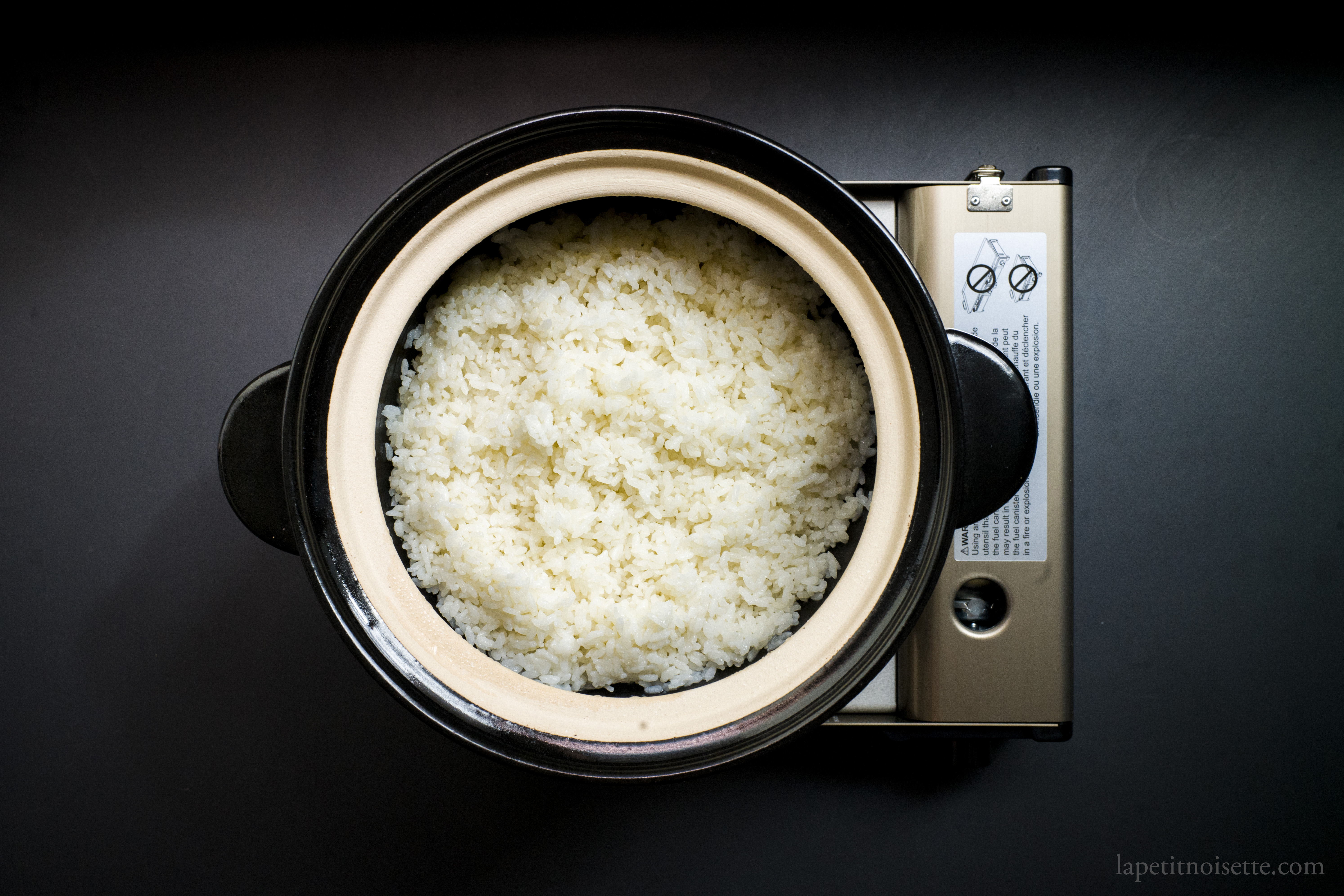
Would I buy Nagatanien’s Kamado-san? Yes definitely. In fact, when I move to new places I tend to buy a Nagatanien’s Kamado-san because transporting around Kumoi Kiln’s donabe on a plane is just too scary. Also if you don’t intend to make sushi and cook for a large group of people, Nagatanien’s Kamado-san comes in sizes up to 5 cups of rice. In contrast, Nakagawa Ippento (中川一辺陶先生) refuses to make his pots in sizes larger than 3 cups, making it impossible to make rice for a large amount of people at one go.
The design shape of Nagatanien’s Kamado-san is of quite a deep bowl, so it’s rather hard to use for anything other than cooking rice. Activities such as hotpots where you cook thinly sliced meat at a communal table is rather hard to do in a Kamado-san due to now deep it is. However, Nagatanien does make other donabes that’s suitable for these purposes.
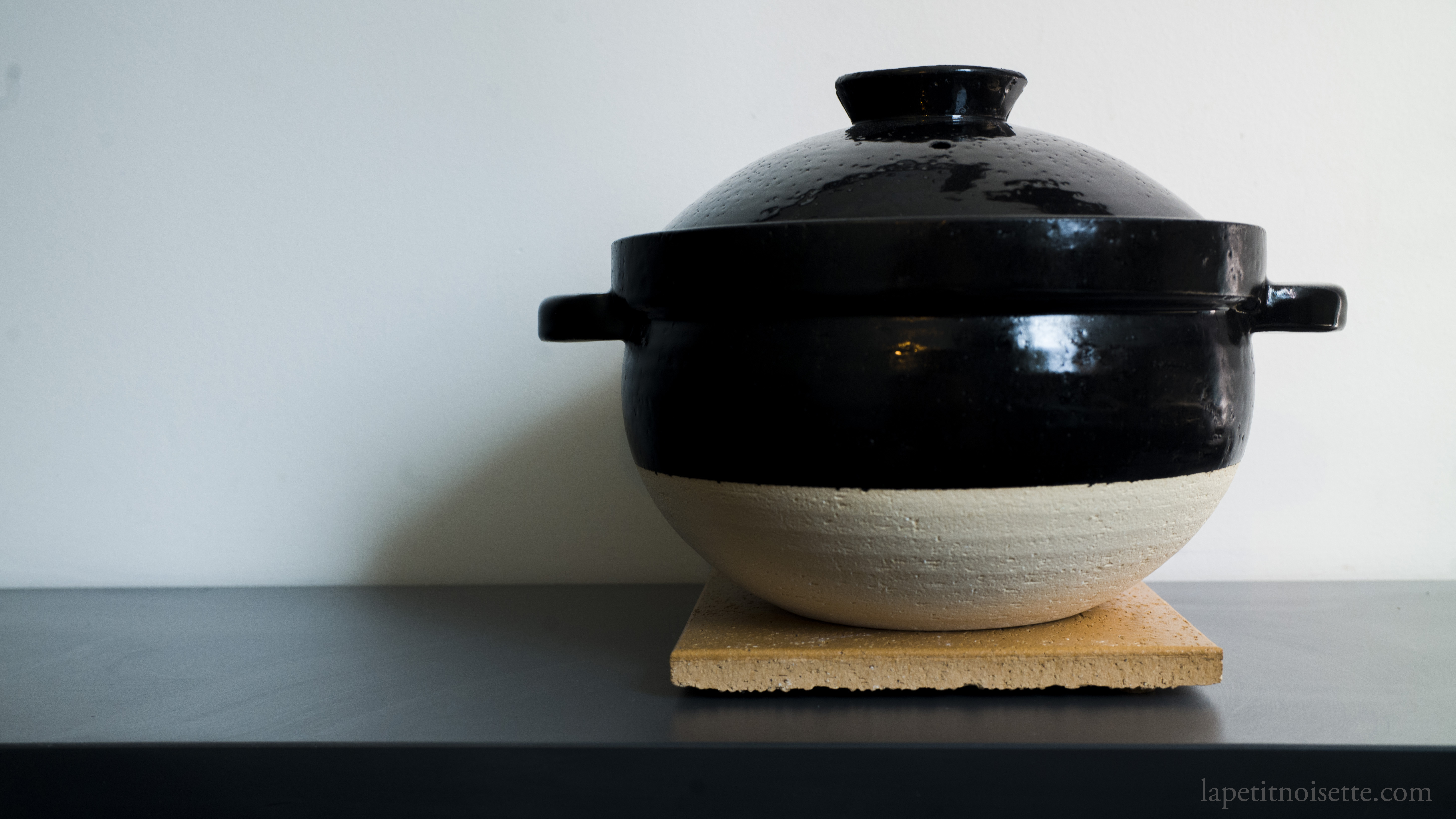
How to cook rice using a Kamado-san
Instead of spending time elaborating on this, head over to Toiro Kitchen, which is the main importer of Nagatanien products to the United States. They do a wonderful job explaining all about Kamado-san and how to cook rice in it.
This was a really interesting read! Thank you for breaking down the differences! 🙂
I have used rice cookers and pressure cookers to cook rice, but I am considering a donabe such as kamadosan to cook rice. I would love to hear of a blind tasting between these methods. I live at high elevation (7000 ft) and I’ve had trouble getting my rice perfect with any stove top method.
Hello. I have a question about my Nagatanien kamado-san that I bought at Takashimaya in Kyoto. I haven’t been able to use it yet because the bottom is too small to work on the flat surface cook ring on my electric stovetop. What can I do? Is there an adapter of some kind?
Thank you
Sybil Armstrong